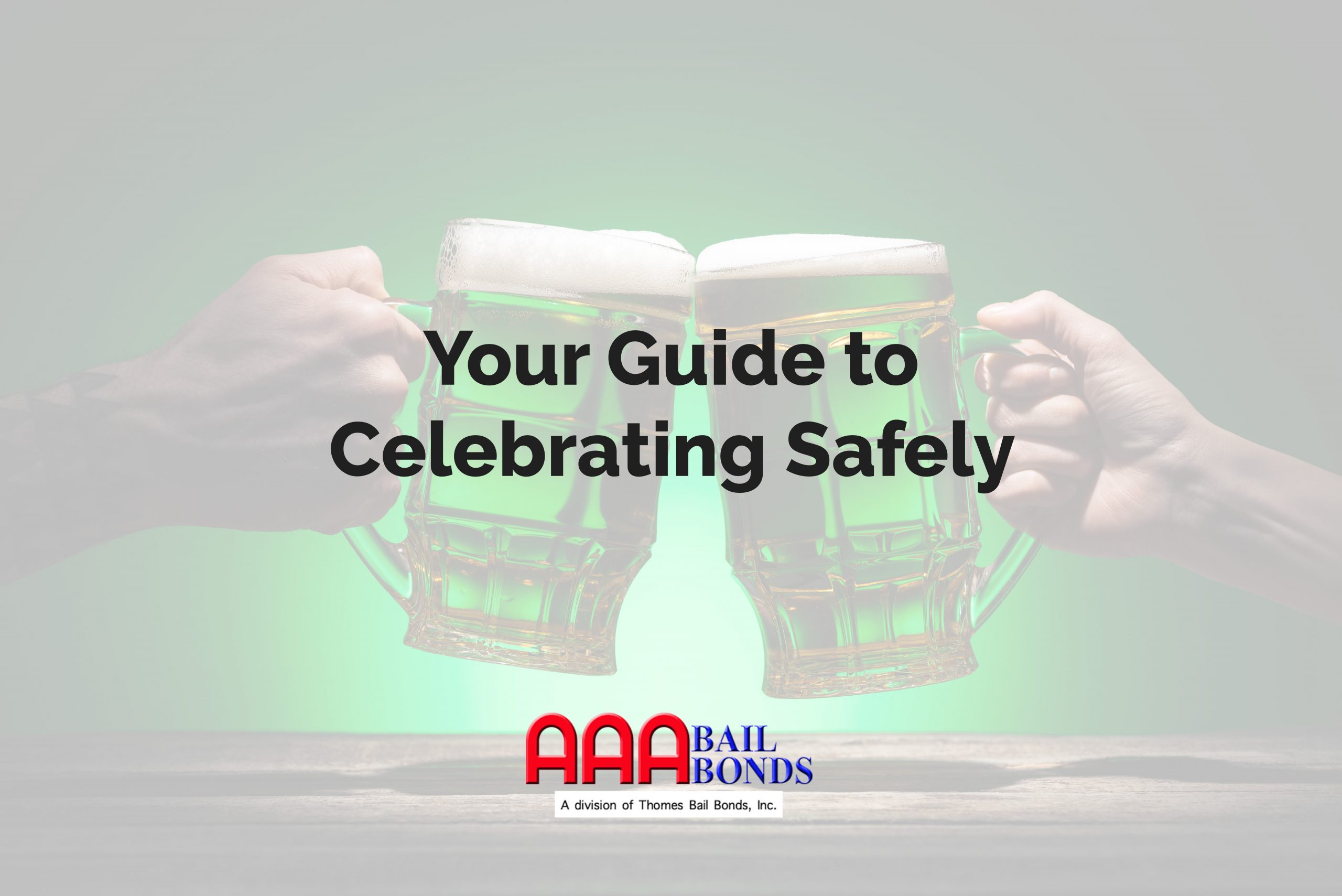In Minnesota’s levels of offenses, there are four categories ranging from petty misdemeanors to a felony. So what does it mean when you are charged with one or more of these categories?
The lowest level of offense in Minnesota is the petty misdemeanor. If you are convicted of a petty misdemeanor, you can only be fined up to $300.00, and it is not even considered a crime because jail time cannot be given. However, even if it is not technically a crime, a petty misdemeanor can come up on a background check and employers may take it into account. An example of a petty misdemeanor is speeding or possessing a small amount of marijuana.
The next step up the levels of offense in Minnesota is a misdemeanor. If you are convicted of a misdemeanor you can be sentenced to up to 90 days in jail and/or a $1,000 fine. A misdemeanor is considered a less serious crime and the penalty will depend on your judge. An example of a misdemeanor is a first-offense DWI (driving while intoxicated).
The next level specific to Minnesota and a few other states is a gross misdemeanor. If you are convicted of a gross misdemeanor you can be sentenced up to one year in jail and/or a $3,000 fine. There is also a possibility of being sentenced to organized community service through the courts. An example of a gross misdemeanor is a second or third-time DWI offense.
The highest level of offense in Minnesota is a felony. If you are convicted of a felony you can be charged with up to over one year imprisonment (366 days to life) and/or the maximum fine specified. It also comes with a lengthy probation period and a possible conditional release term following a prison term. Two examples of felonies in Minnesota are fourth-time DWIs and homicide.
If you or someone you love requires a bail bondsman, don’t hesitate to contact AAA Bail Bonds at 612-900-3400.



